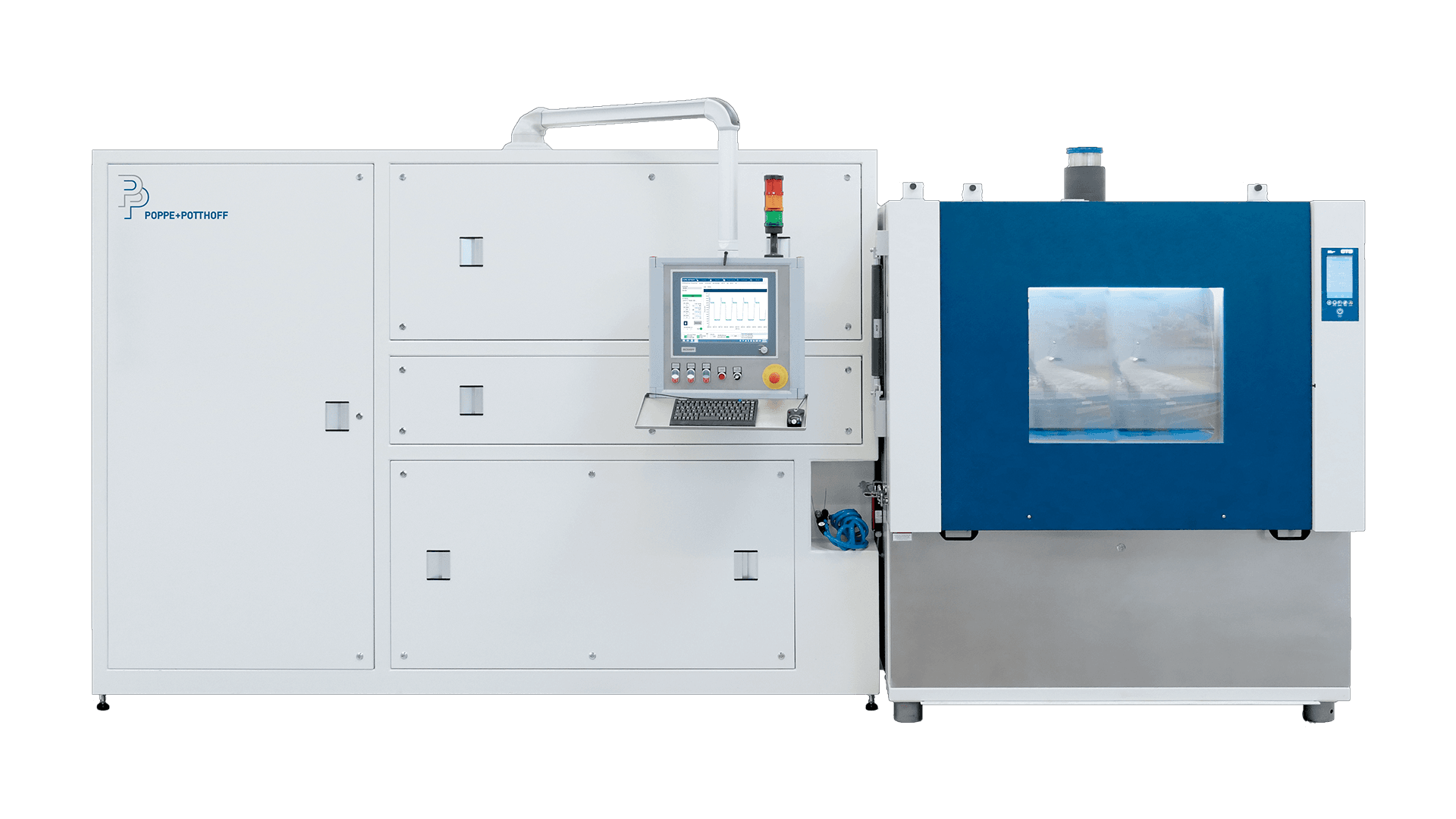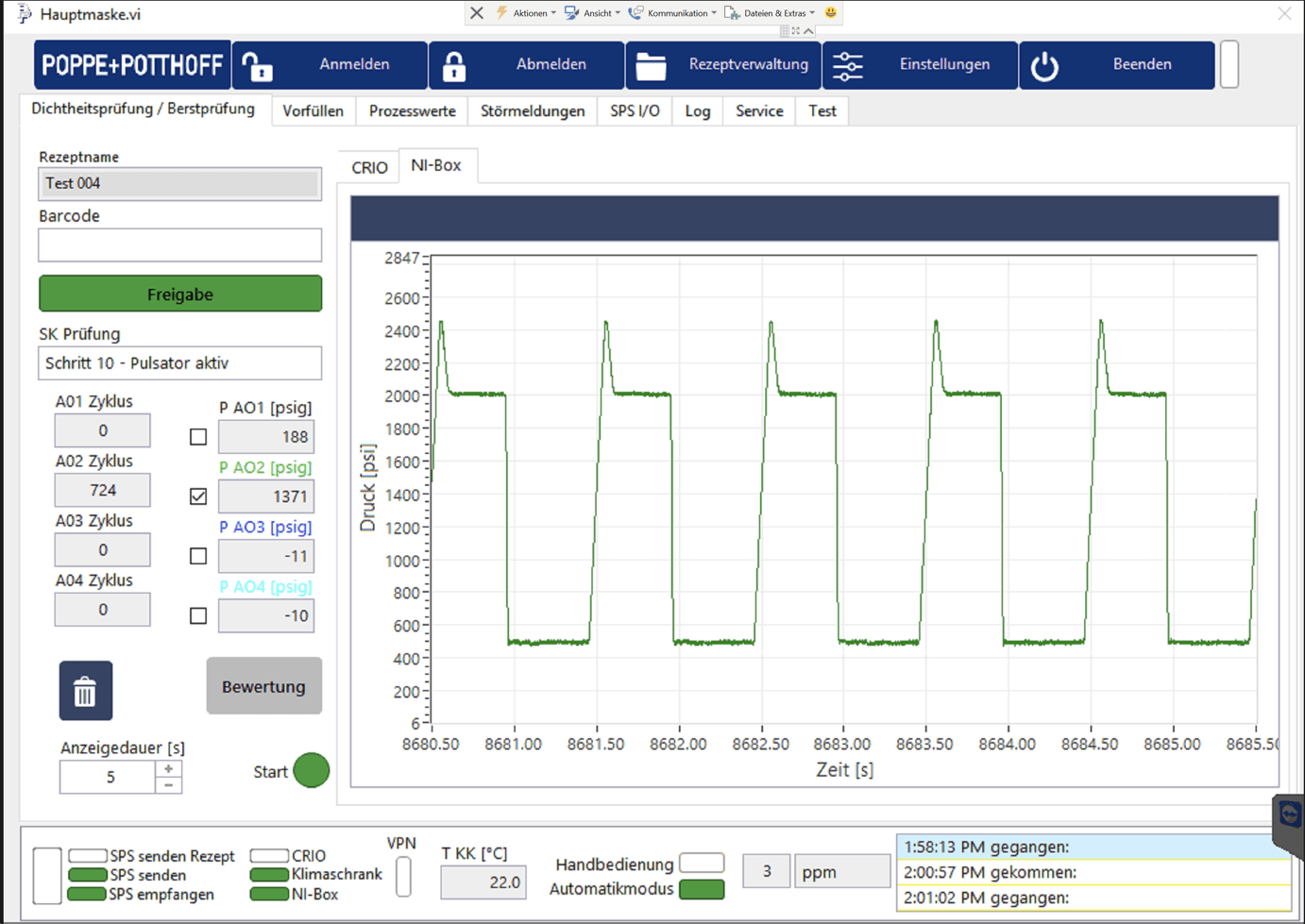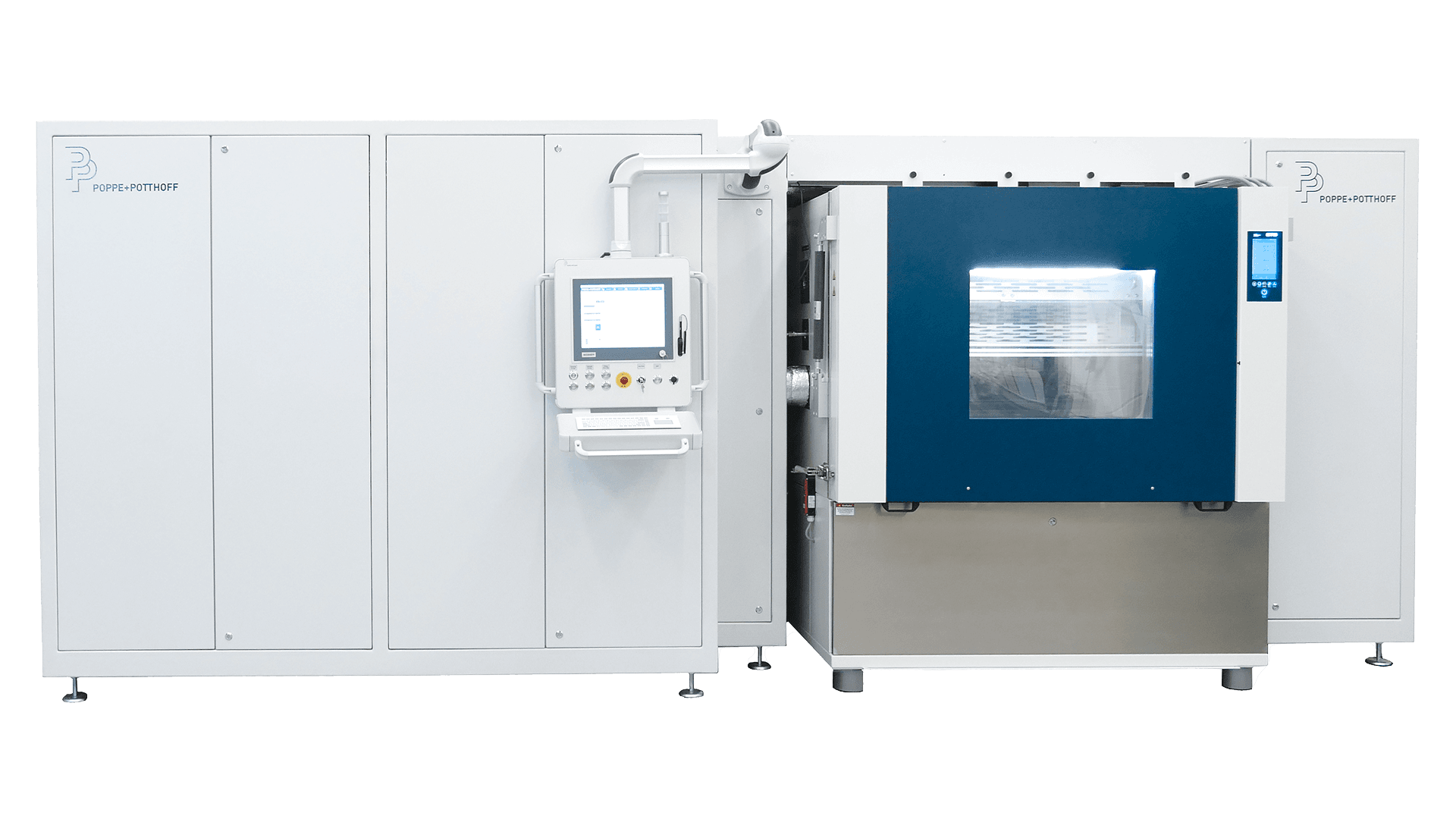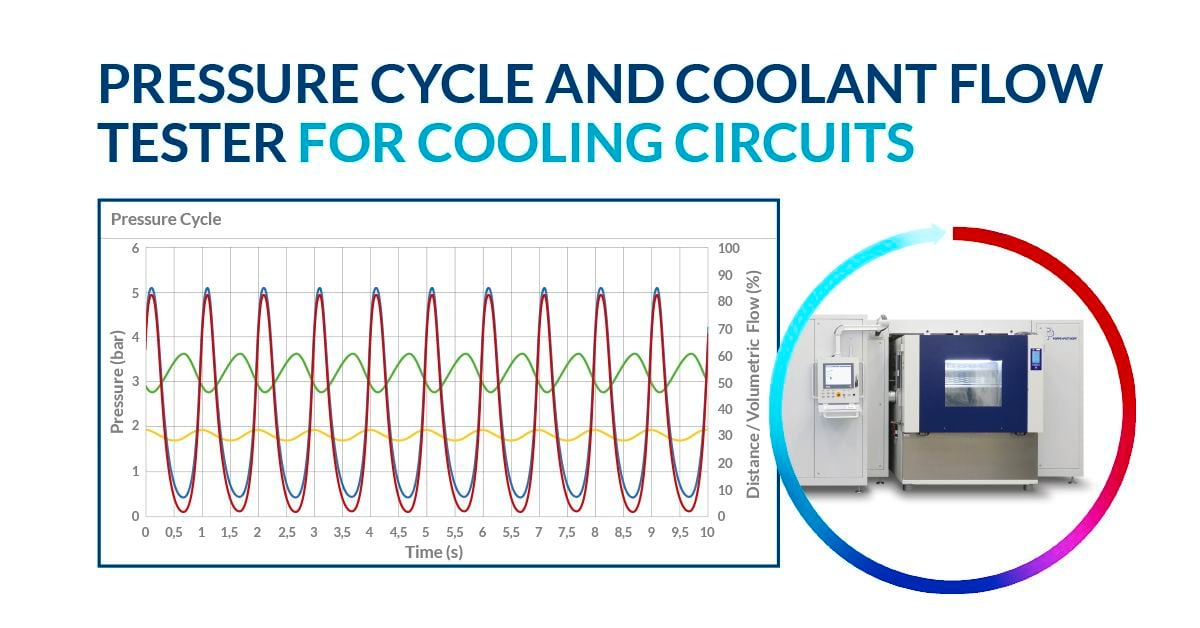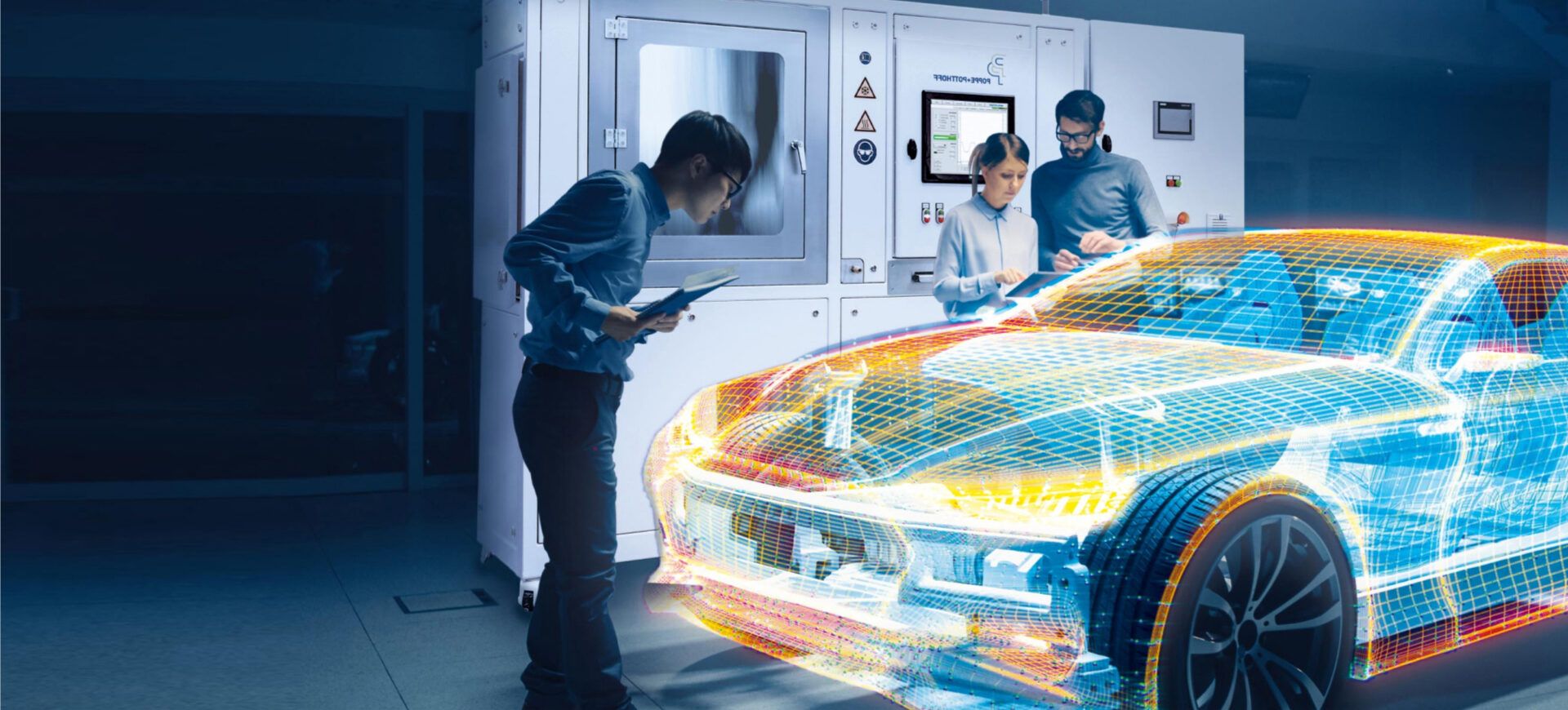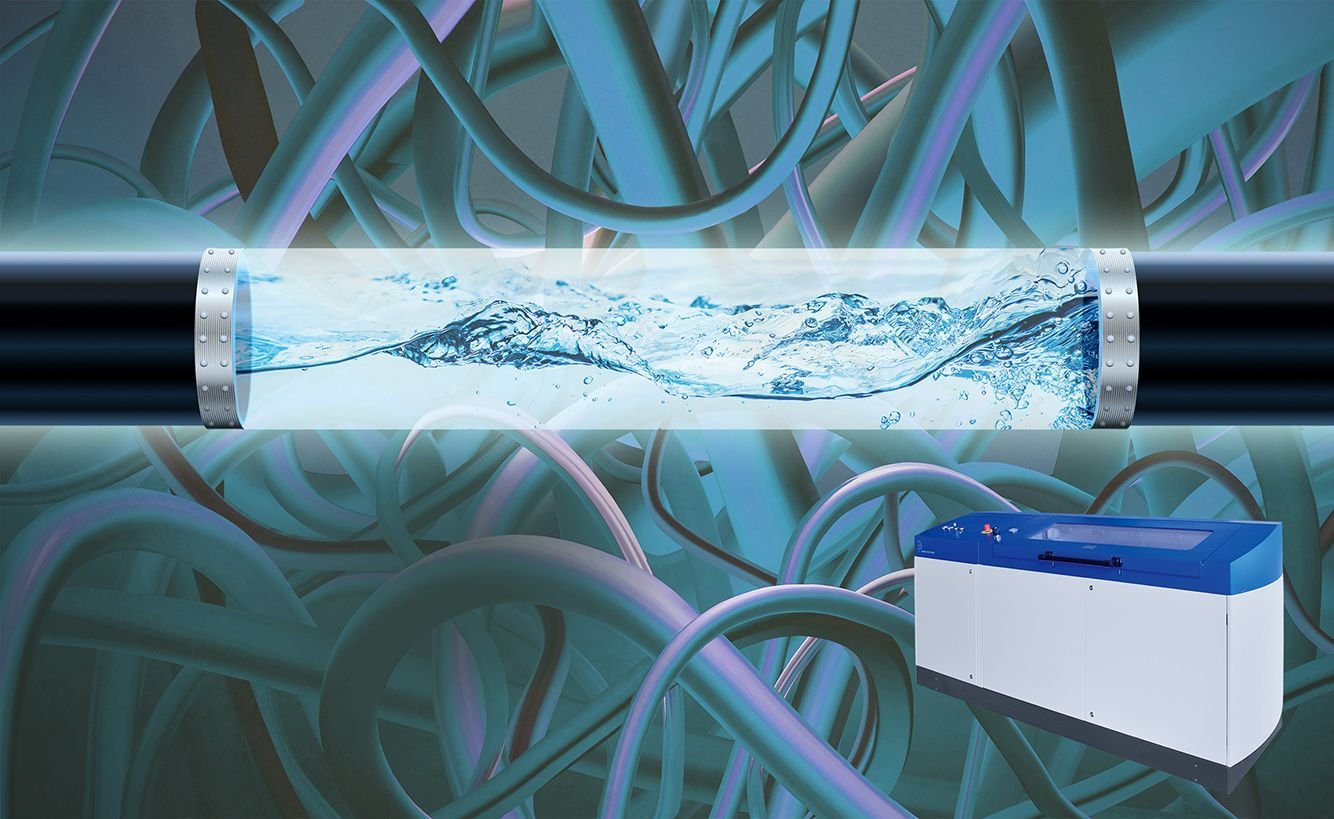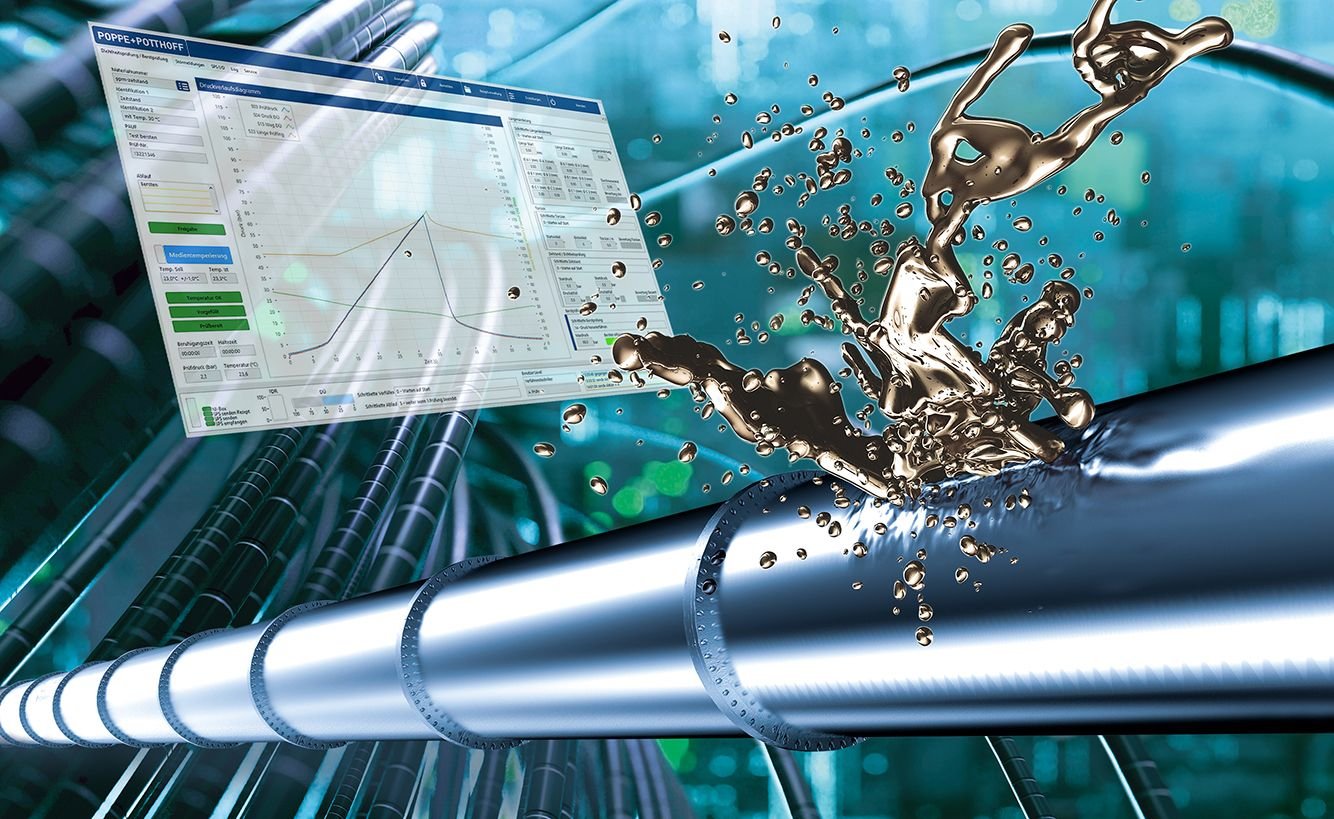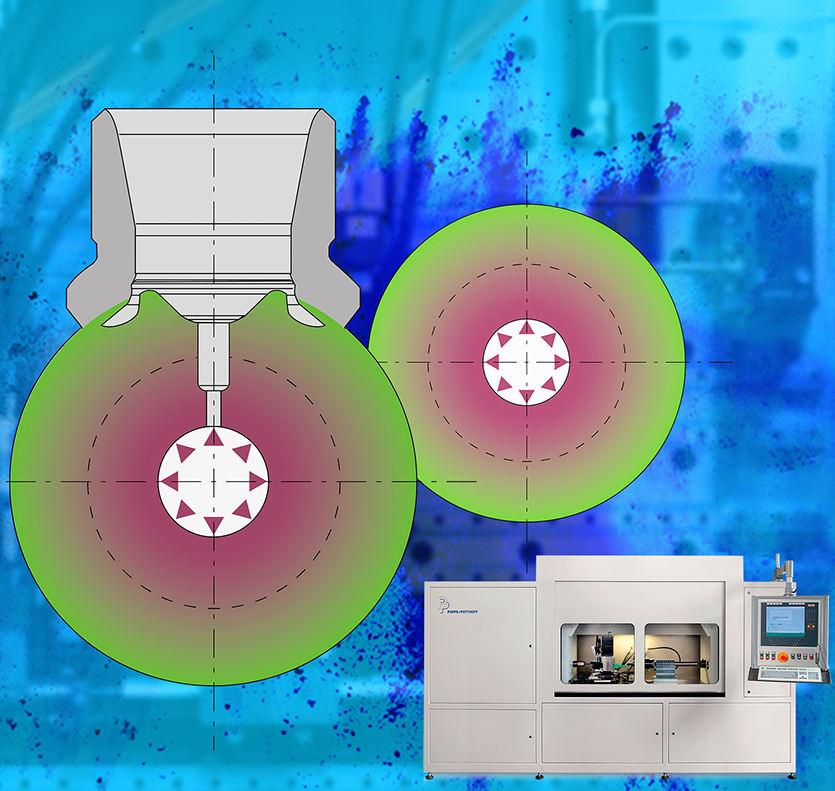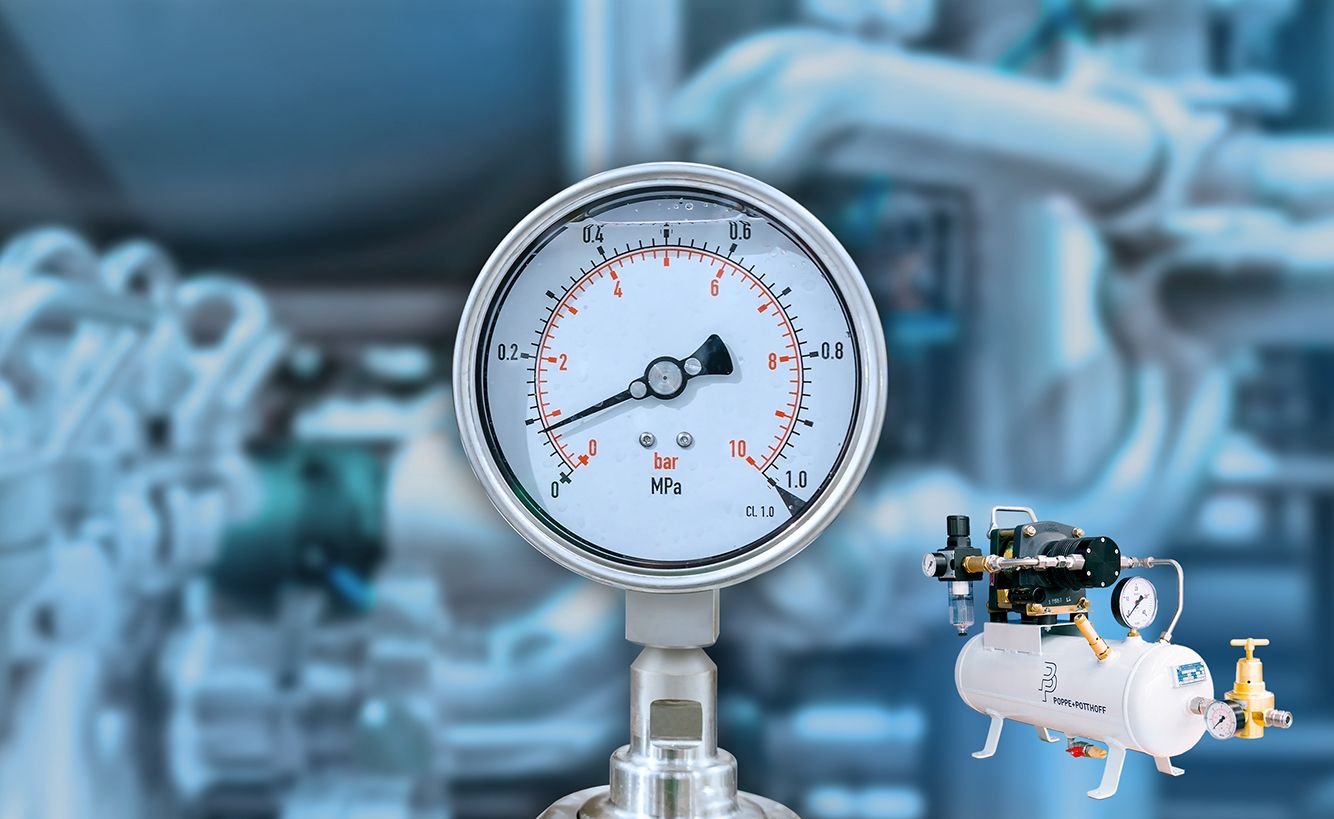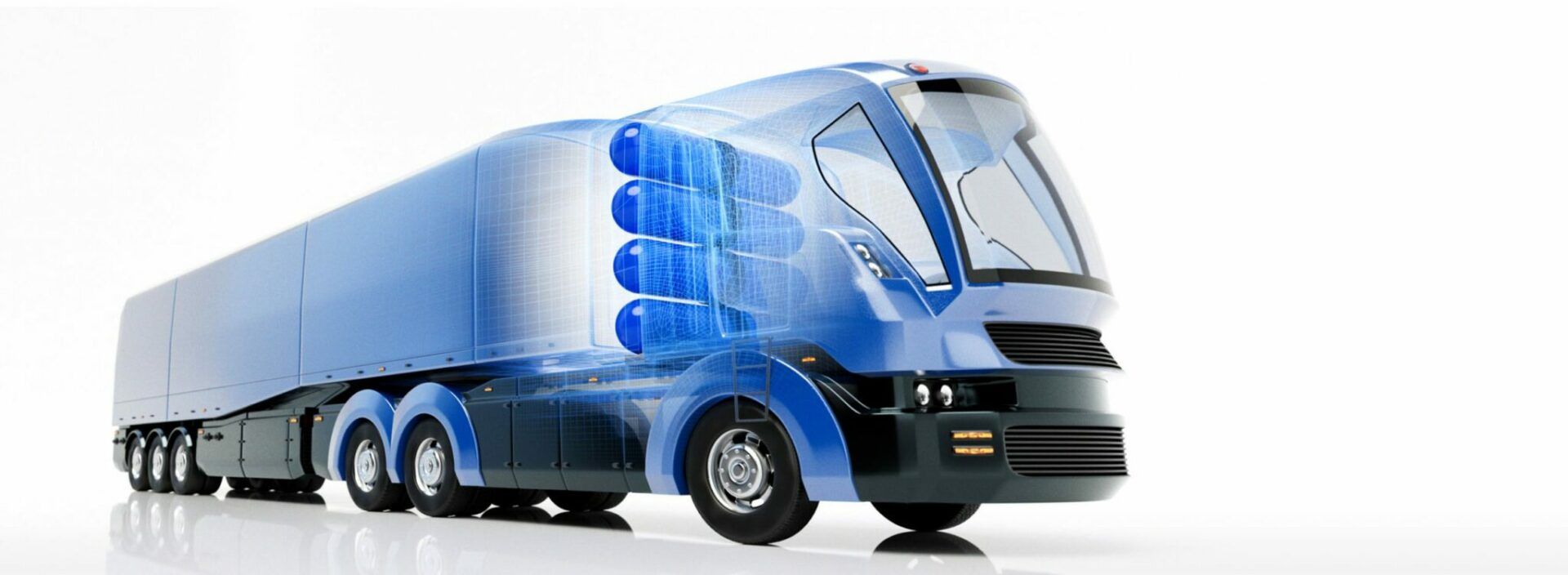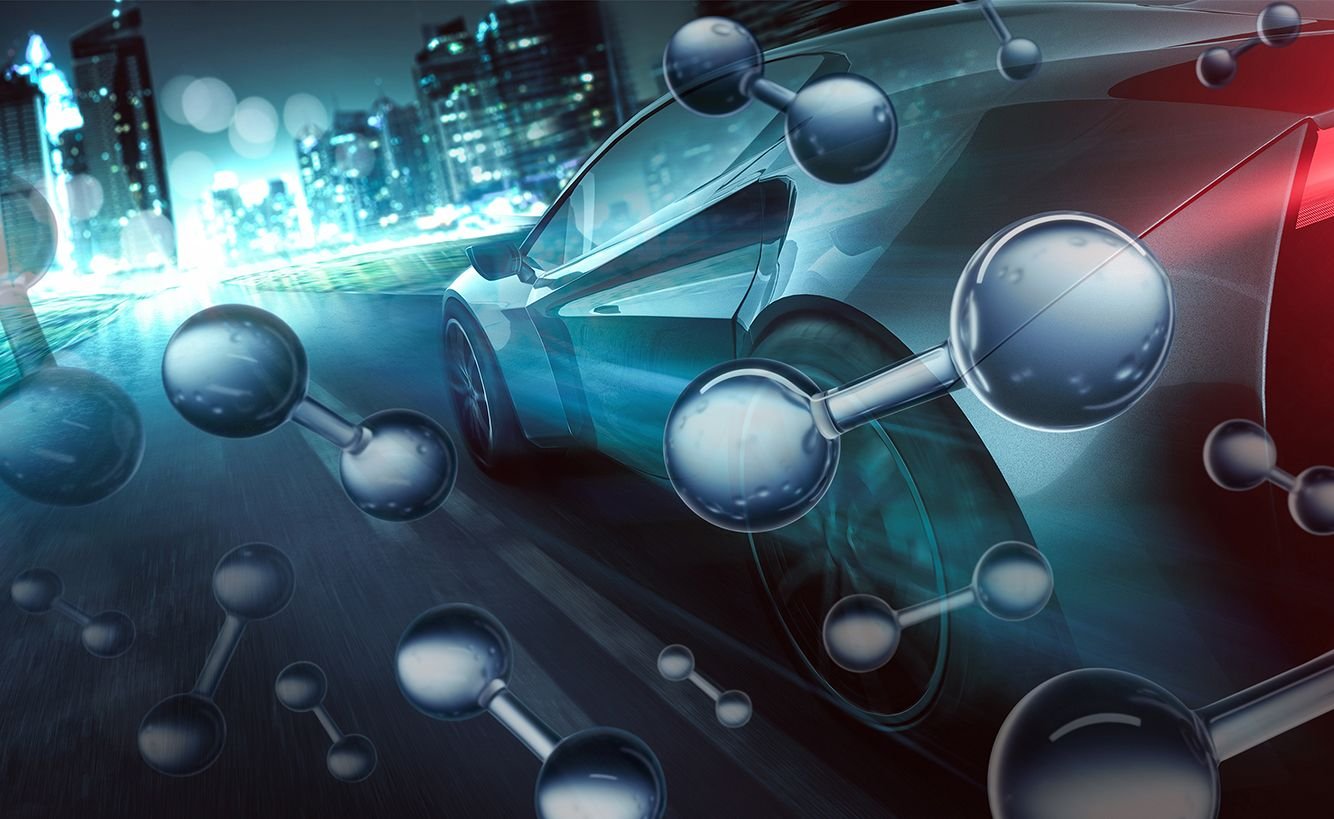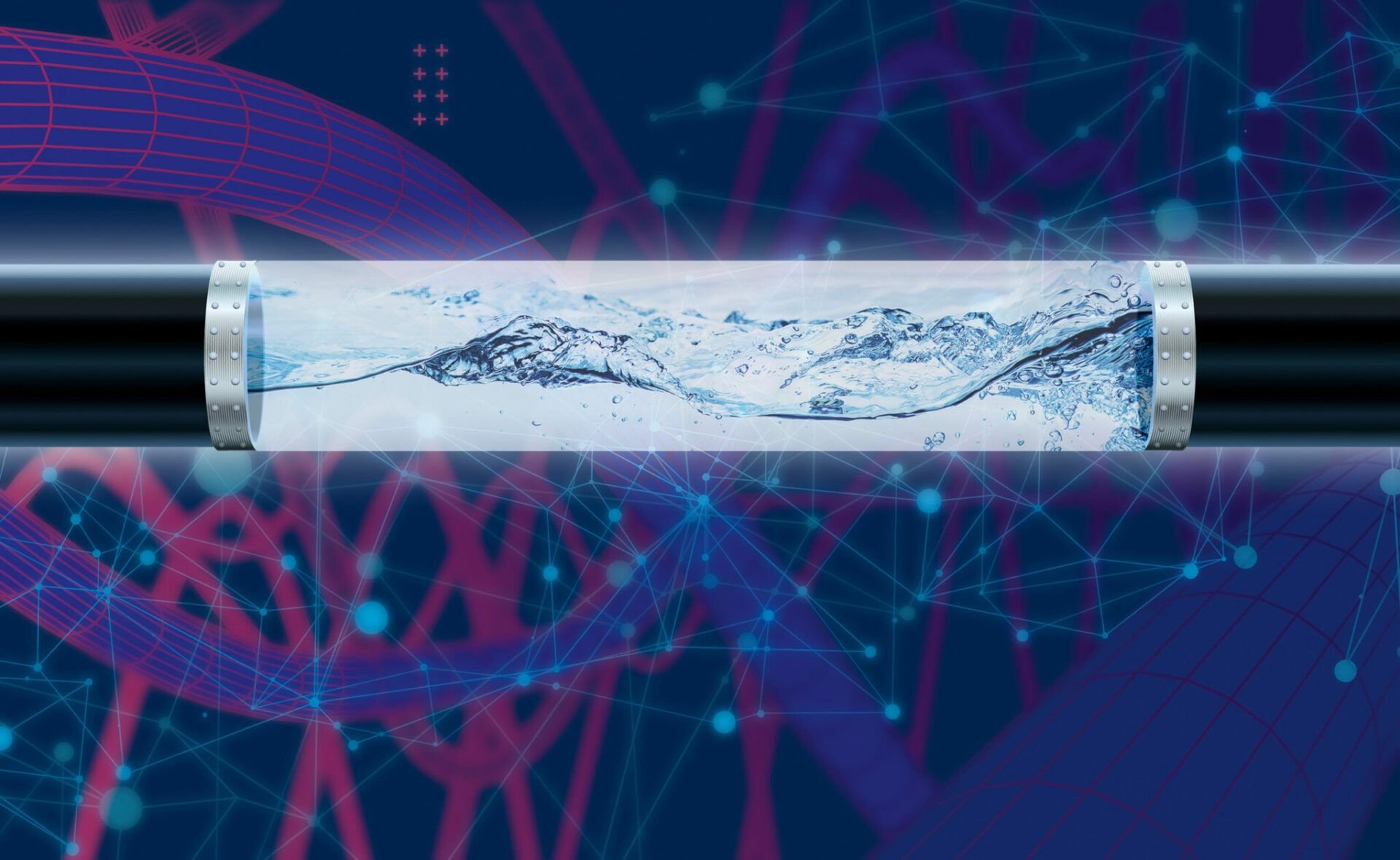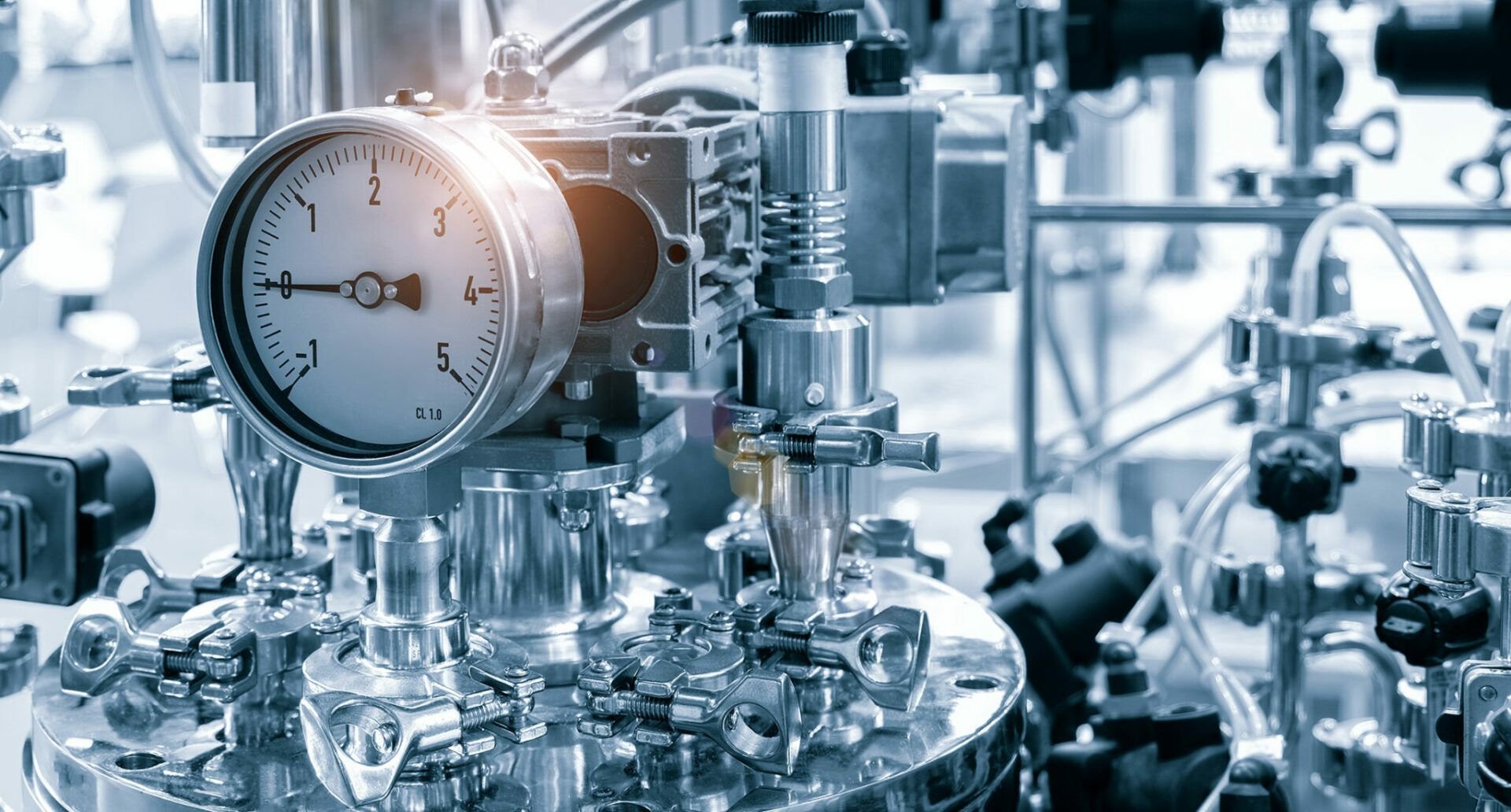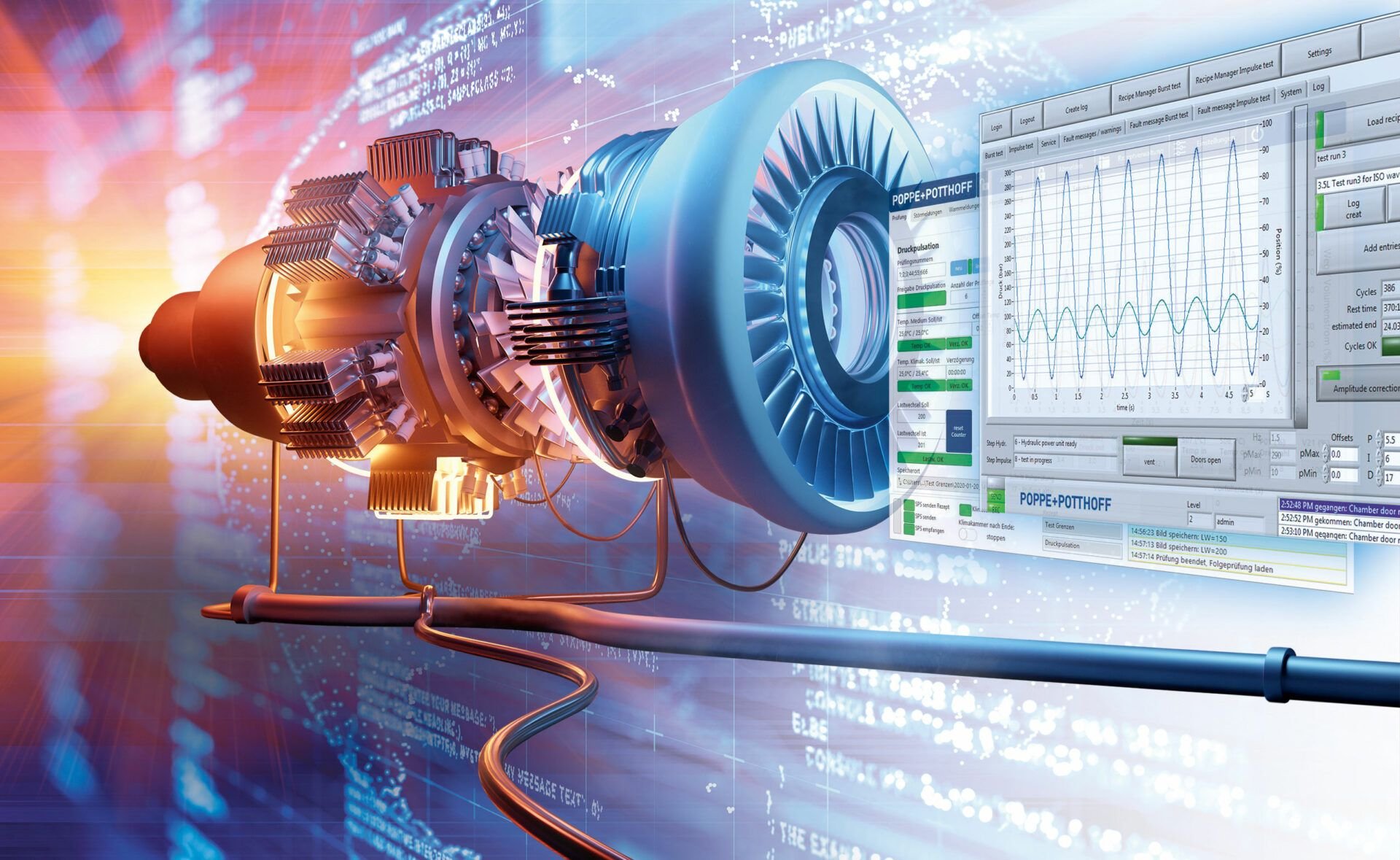
Pressure Cycle Testing up to 6,000 bar. A pressure cycle test simulates the service life of a component using a sine (wave) or trapezoidal (square) waveform. Our pressure cycle test benches are suitable for testing metal and plastic components through to aluminium and special materials. Whether for automotive, aerospace, or hydrogen applications, our custom pressure test bench delivers reliable data on fatigue and durability across thousands or even millions of cycles.
Pressure Cycle Test With
Media- & ambient temperature control
A pressure cycle test, also known as a pressure impulse test or pressure pulsation test, simulates the design life of a pressure-bearing component by exposing the Device Under Test (DUT) to controlled and repetitive pressure changes.
This pressure test method is widely used across various industries, ranging from low-pressure testing at 3 bar (for example, in EV cooling systems) to high-pressure endurance testing of up to 6000 bar, such as for common rail fuel injection systems. Our advanced pressure test bench technology supports research and development, quality assurance, and validation processes in automotive, aerospace, hydrogen, and fluid power sectors.
Poppe + Potthoff’s state-of-the-art pressure cycle test benches evaluate both the fatigue strength and operational durability of components. By simulating real-world stress conditions, the test system identifies potential weaknesses in design, material, or assembly. Pressure profiles can be freely configured, including sine waves, trapezoidal (square wave) profiles, and even needle peaks, typical for water hammer testing.
In addition, our systems can be combined with climate chambers to simulate ambient temperature and integrated with media heating and cooling units. Further, a pressure pulsation test bench can be combined with a shaker for vibration testing of cooling lines and hoses, for example. Pressure cycling can be conducted using a wide range of test media, including coolants, glycol, ethylene glycol, oils, and water.
Custom design, integration of climate chambers, and media heating and cooling
To simulate real-life temperature conditions, we can easily integrate a climate chamber, in some cases with a shaker system, and a fluid heating and cooling unit with temperatures from -40°C to 210°C, depending on the test media. Our team can consult on ATEX requirements if needed. Furthermore, we work closely with you to understand your testing requirements and provide state-of-the-art, custom testing solutions. We collaborate with climate chamber manufacturers worldwide and can integrate climate chambers for ambient temperature simulation and humidity control.
Discover More Pressure Cycle Test Benches
Simulate real-world pressure cycles and impulses from low pressures (e.g., EV applications and filters) to 6,000 bar. Adaptable cycle frequencies (Hz) and fluid flow testing with climatic chamber options. Explore pressure testing possibilities below!
Standard Pressure Cycle Test Bench 1000 / 2000 bar
The standard impulse test stand is operated with a hydraulic pressure of 330 bar. The pressure is generated through a hydraulic power unit and drives the pressure booster via a regulation valve. The pressure booster has a constant pressure ratio and produces high pressure through linear movements. The system is equipped with high-dynamic servo-regulator valves, which guarantee precise repeatability even at very high test frequencies.
Performance Data
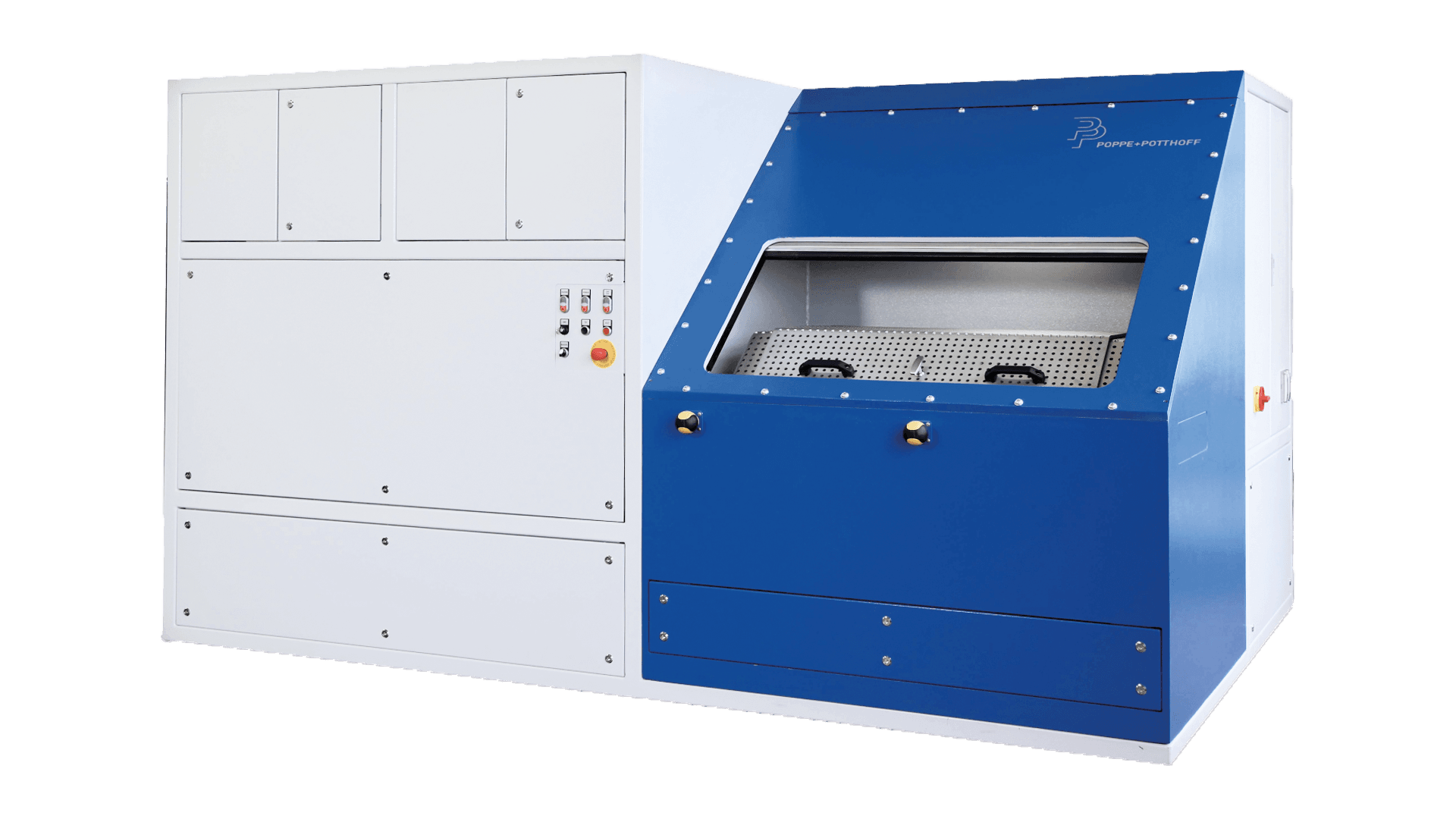
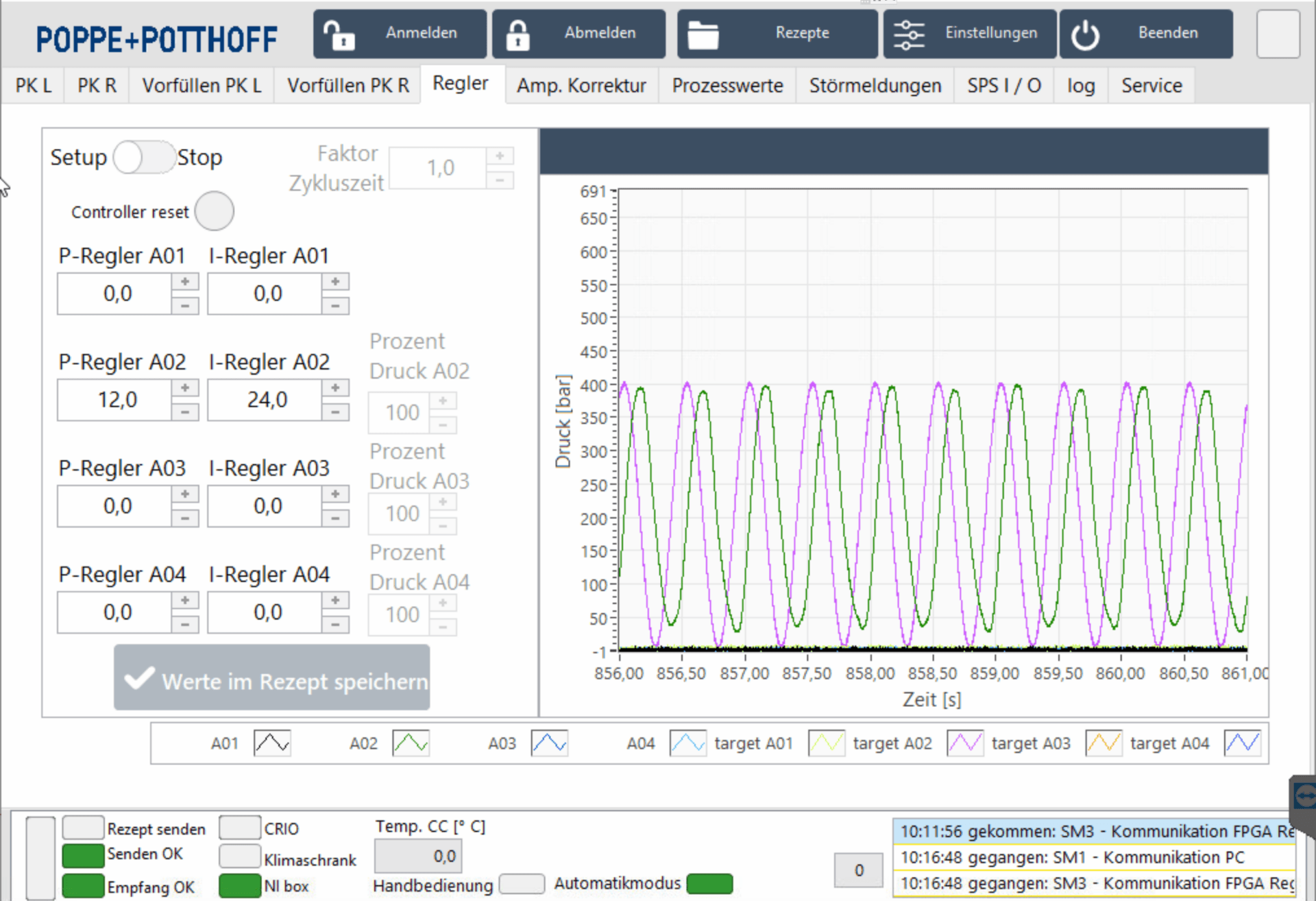

High Pressure Impulse Test Rig up to 6000 bar
The pressure pulsation test reveals potential weaknesses of components in terms of component design and material composition. Exposing components to thousands or even millions of pressure load changes gives insight into the component’s structure and weak spots. Typical components that require testing at such high pressures are common rails or injector nozzles for example. The pulse pressure is generated by a pressure intensifier with a hydraulic drive. A hydraulic unit generates a constant hydraulic pressure of 350 bar and this pressure drives the pressure intensifier via a control valve. The pressure intensifier has a constant pressure ratio and generates high pressure through its linear movements. A highly dynamic servo control valve is used as the control valve, which enables very high test frequencies with precise repeatability. The course of the test pressure is measured with a pressure transducer and stored. These data sets allow the quality of the test to be assessed later. The pressure control of the system also works via this pressure sensor. Hydraulic oil is used as the test medium. An optimally tuned cooling system keeps the temperature at the pressure intensifier and in the hydraulics in balance. Cooling is a very effective water cooling.
Performance Data
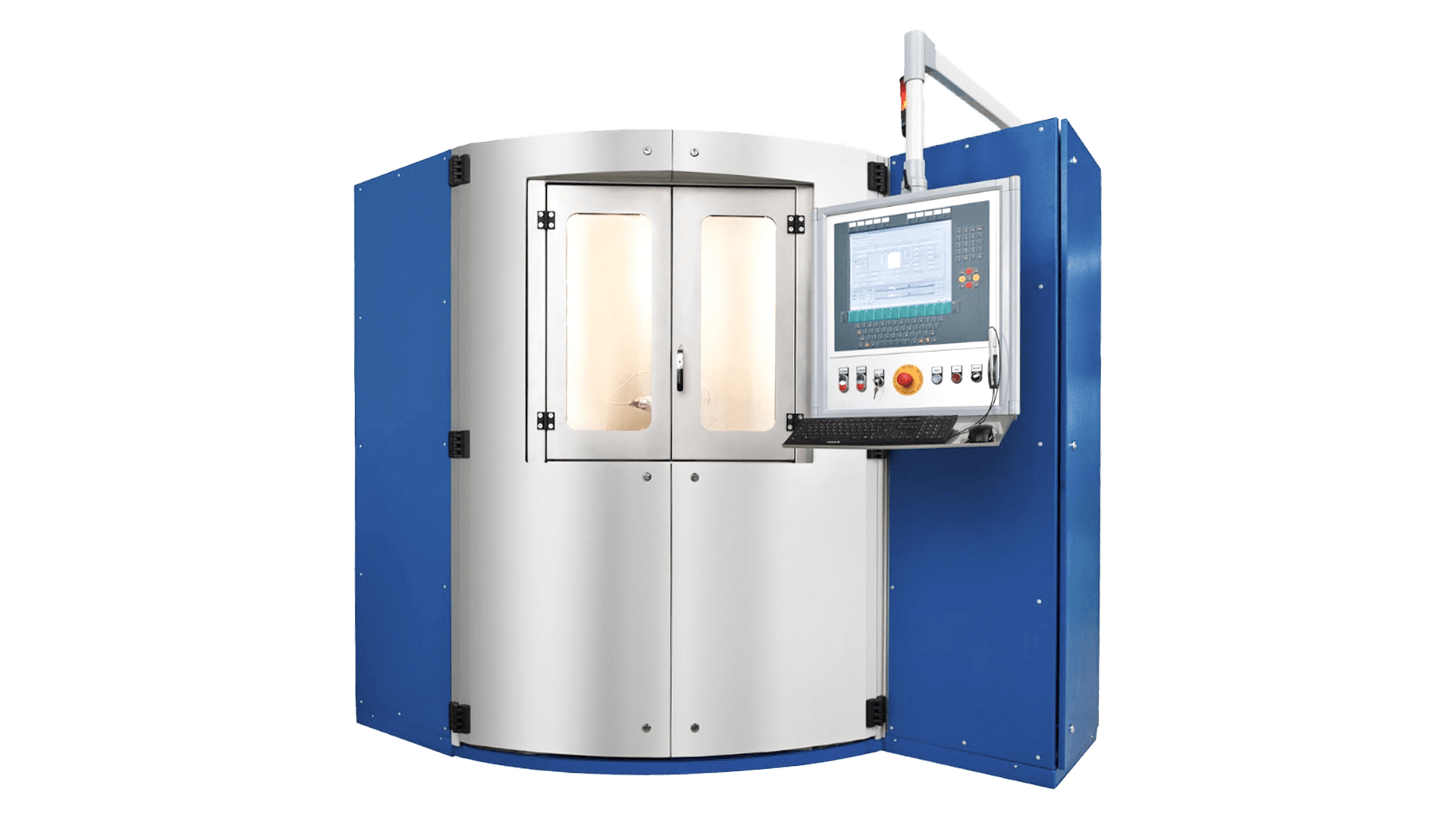
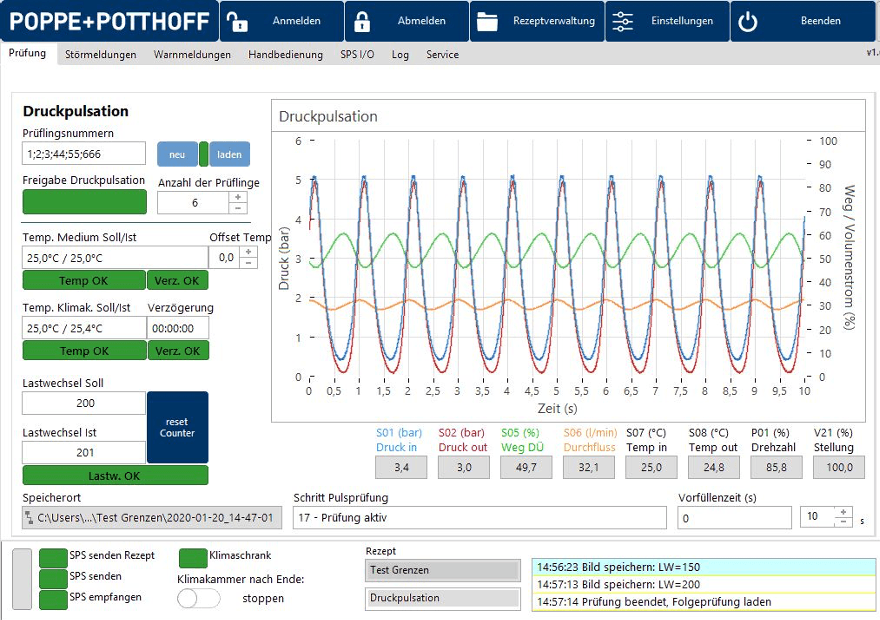

Pressure Cycle-, Burst- and Leak Test
The test rig has two chambers in which up to ten DUTs can be tested at an ambient temperature of -60°C up to 180°C simultaneously. 3 separate fluid circuits allow Glycol (coolant), oil, and water for example to be used as test fluids in one test bench and therefore offer a versatile test setup for any test lab.
The climate chamber acts as the rig’s test space and enables tests at large temperature ranges to simulate real-life situations, such as tests on the racetracks on Nürburgring or Silverstone, in the Siberian tundra, or in the deserts of Africa.
Various servo-hydraulic pressure intensifiers are tailored to each type of test, allowing very accurate control of the pressure curve. Pressure pulsation tests can be performed with a frequency of 0 – 10 Hz (most common is 0.5 – 2.5 Hz) with a trapezoid (square) curve at pressure ranges such as 4 – 25 bar for e.g. and 0 – 160 bar. The sine (wave) curve has a frequency of 0 – 10 Hz and pressures of 0 – 6 bar e.g. The maximum burst pressure is 500 bar. Data acquisition and visualization are performed using National Instruments’ LabVIEW. All test sequences and data are automatically stored on the control unit and can be exported to the company network for analysis.
Performance Data
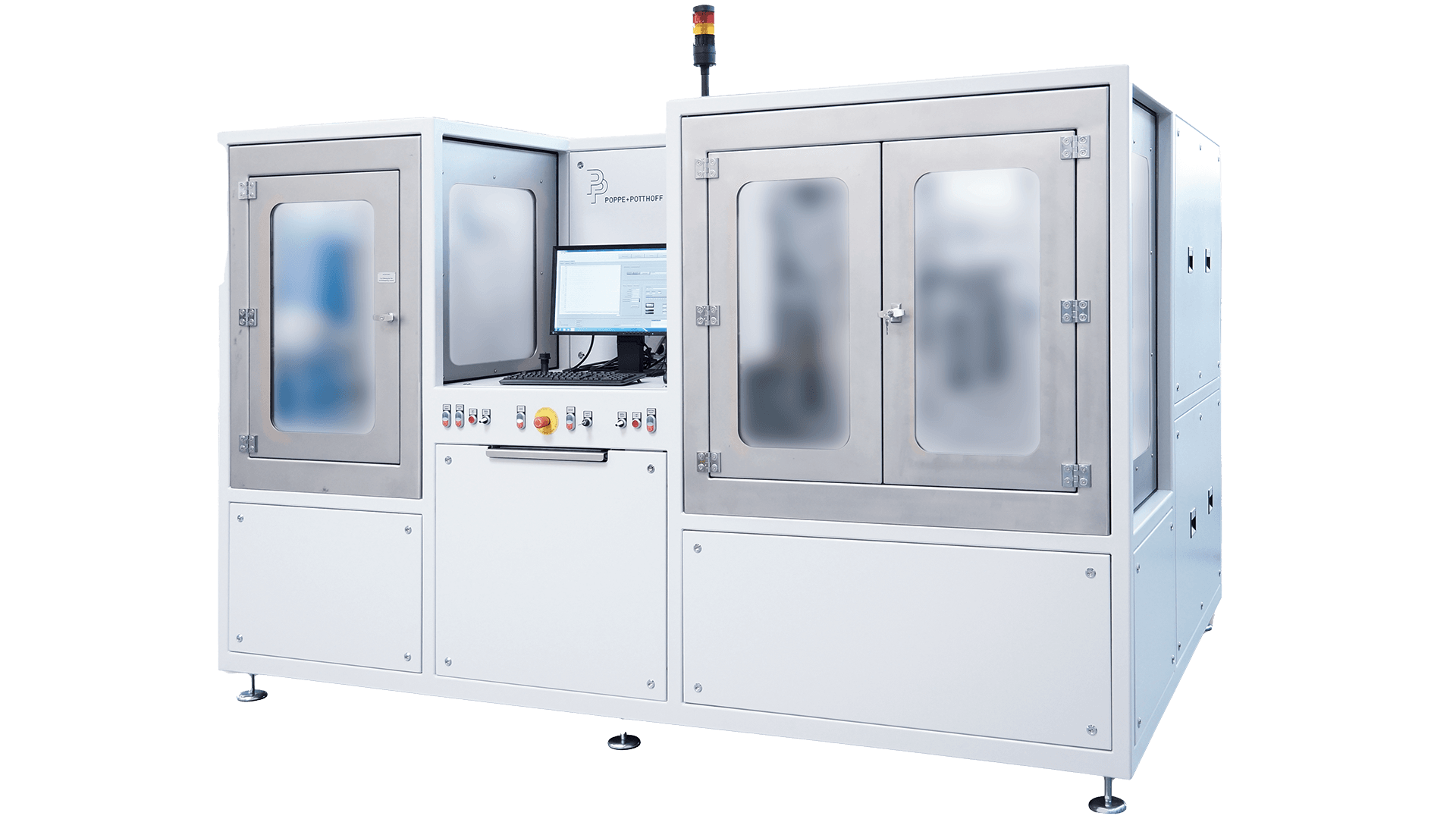

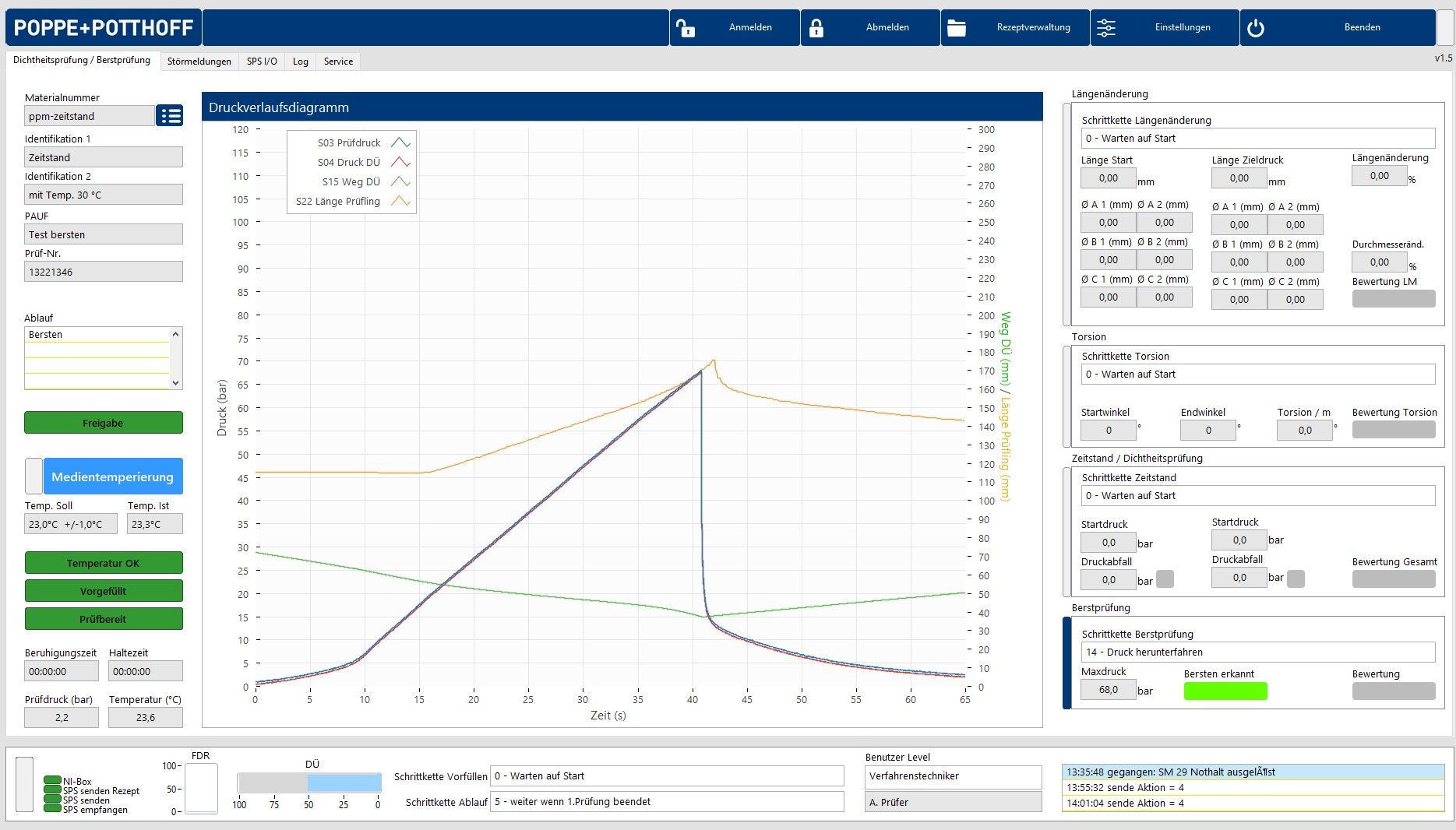
M07 Pressure Pulsation Test on Cooling Circuit Components
The M07 test bench by Poppe + Potthoff is a modular, high-performance testing system designed for the validation of liquid-cooled components under realistic thermal and pressure conditions. Developed for demanding applications in the automotive and electronics industries, the system complies with international standards such as VW80000 and GS 95024-3-1.
It enables accurate pressure pulsation tests, overpressure tests, and vacuum tests within a wide temperature range from -40 °C to +90 °C. With intelligent PLC control, integrated recipe management, and seamless interfaces to climatic chambers and chillers, the M07 is ideal for endurance testing of up to 200,000 pressure cycles.
The in-house developed software offers real-time data logging, error tracking, and user management, ensuring safe, efficient, and fully traceable test procedures.
The M07 is also referenced in: GS 95024-3-1, section 8.7 (2019-08 and 2024-02 editions), LV124, and VW80000.
M07 Performance Data
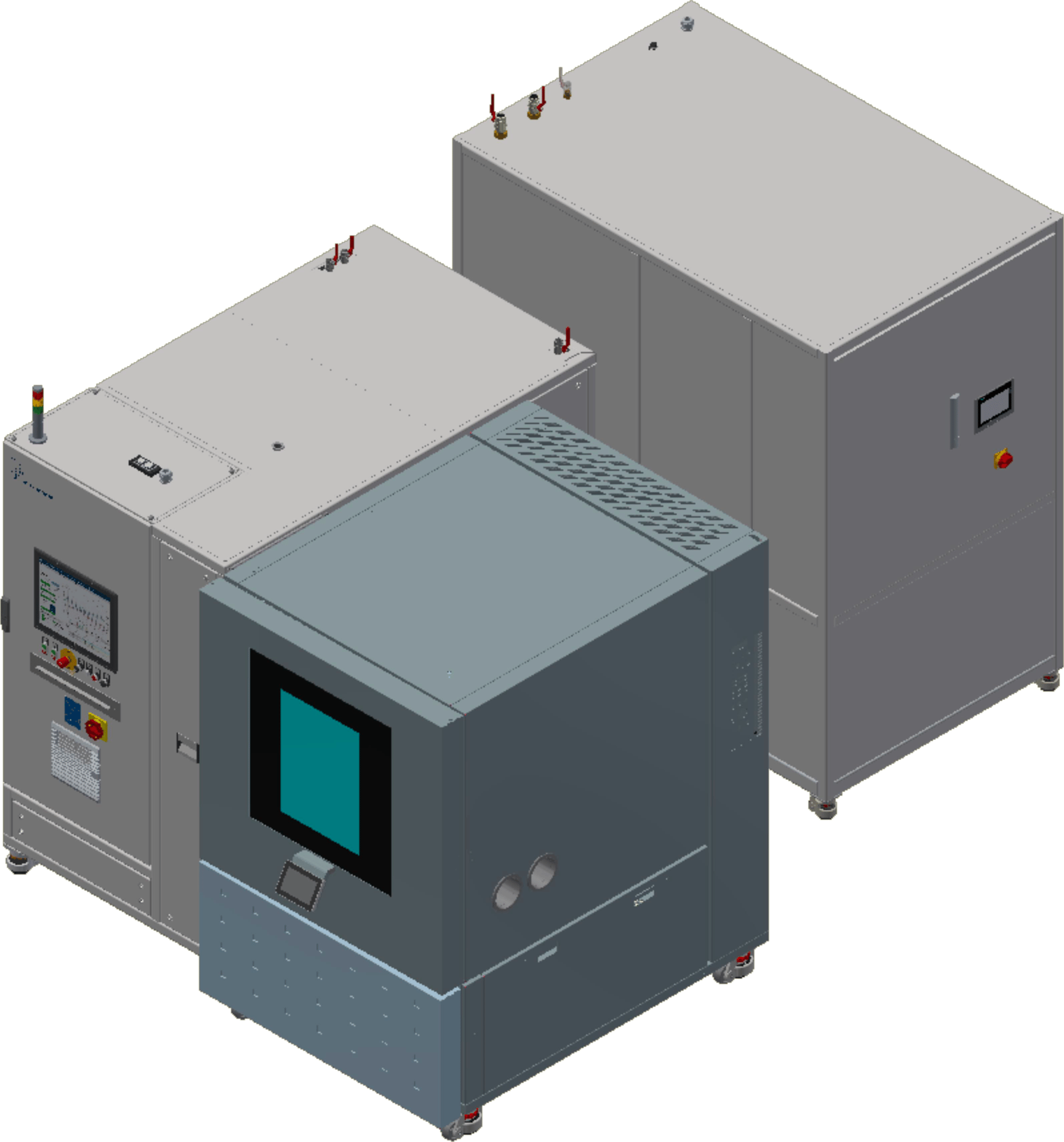
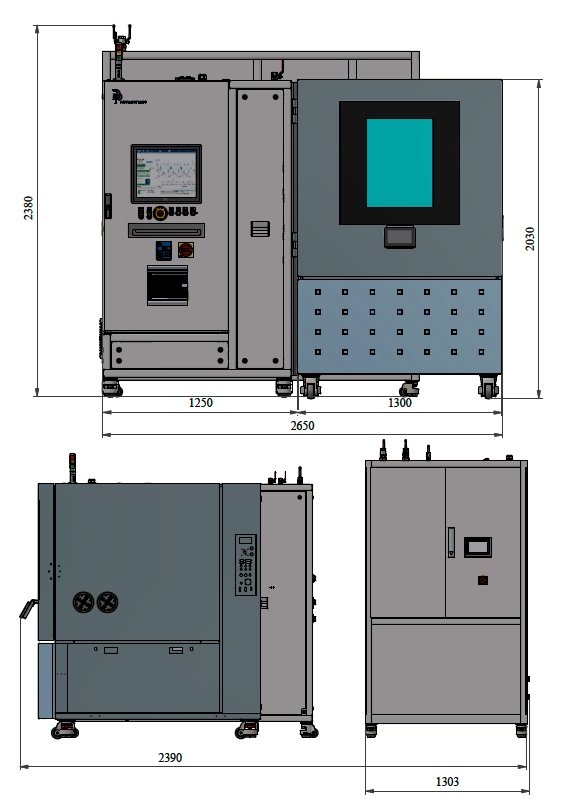
Pressure Cycle-, Burst- and Leak Test
The test rig has two chambers in which up to ten DUTs can be tested at an ambient temperature of -60°C up to 180°C simultaneously. 3 separate fluid circuits allow Glycol (coolant), oil, and water for example to be used as test fluids in one test bench and therefore offer a versatile test setup for any test lab.
The climate chamber acts as the rig’s test space and enables tests at large temperature ranges to simulate real-life situations, such as tests on the racetracks on Nürburgring or Silverstone, in the Siberian tundra, or in the deserts of Africa.
Various servo-hydraulic pressure intensifiers are tailored to each type of test, allowing very accurate control of the pressure curve. Pressure pulsation tests can be performed with a frequency of 0 – 10 Hz (most common is 0.5 – 2.5 Hz) with a trapezoid (square) curve at pressure ranges such as 4 – 25 bar for e.g. and 0 – 160 bar. The sine (wave) curve has a frequency of 0 – 10 Hz and pressures of 0 – 6 bar e.g. The maximum burst pressure is 500 bar. Data acquisition and visualization are performed using National Instruments’ LabVIEW. All test sequences and data are automatically stored on the control unit and can be exported to the company network for analysis.
Performance Data
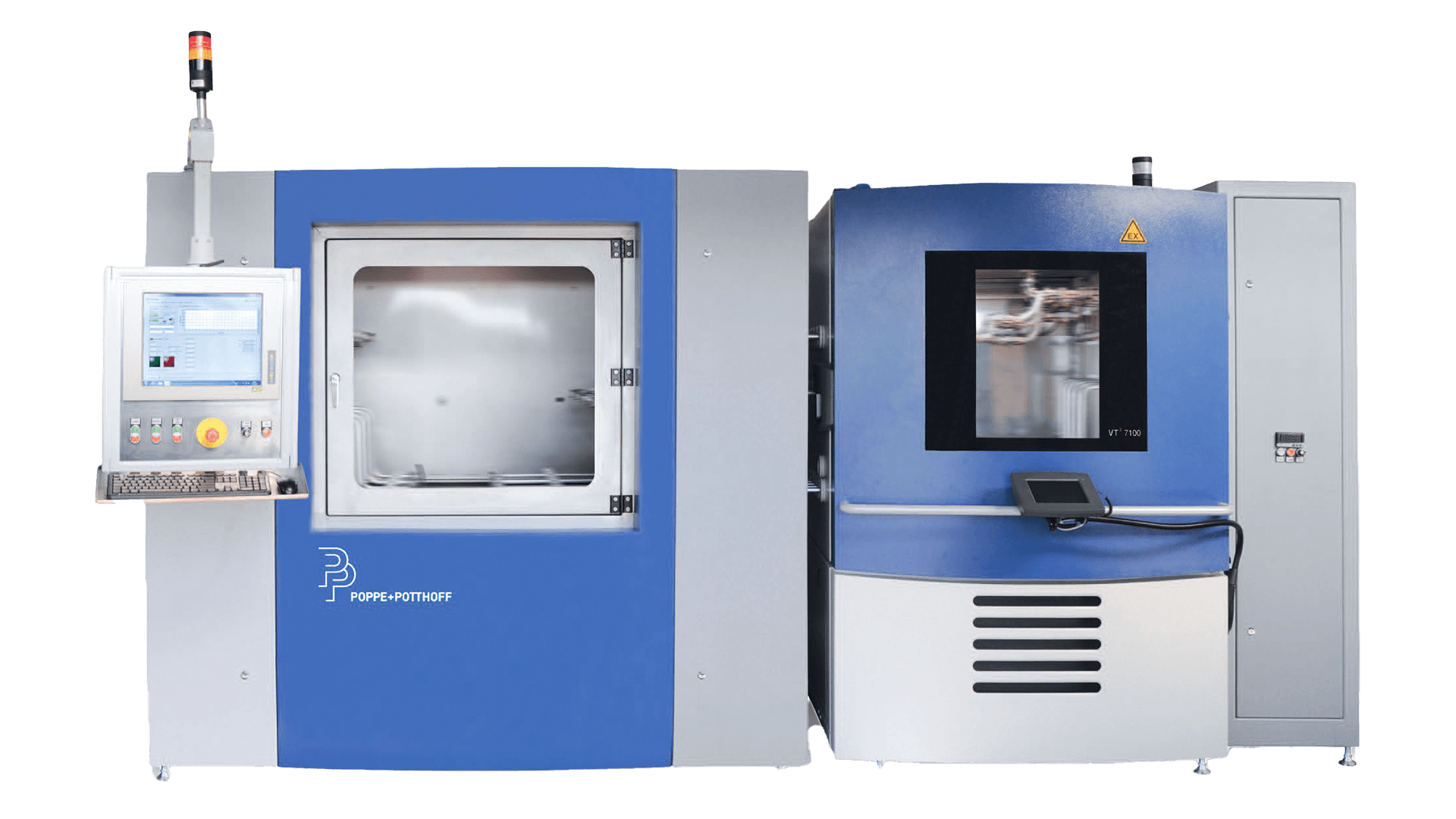


R&D Pressure Pulsation Test Stand for H2 Components up to 2000 bar
P+P test stands are used in research & development and to constantly benchmark the manufacturing process and H2 component quality. To guarantee the safety of media-carrying components during their entire service life, components must undergo endurance tests under extreme load and temperature changes. P+P offers and uses flexible solutions while simulating diverse conditions and environments. Our test systems allow for leak tests with a range of more than 1050 bars, depending on the specification.
The test stand can be expanded with several expansion stages. Depending on the option selected, pressure cycle tests up to 2,000 bar and 10 Hz can be generated in addition to the gas test. Pressure ramps of up to 3,000 bar can be generated with the test circuit for hydrostatic and burst pressure tests.
The system consists of two modules. The tests can be carried out in a climate chamber, in which the components can be exposed to media and outside temperatures from -40 °F (-40 °C) to +320 °F (+160 °C). The individual printing units are precisely tailored to the properties and components of the customer in order to generate ideal test conditions. A common setup in the industry and for this specific test stand is one intensifier for 1000 psi (70 bar), two for up to 4000 psi (275 bar) and one for up to 6000 psi (414 bar). A typical test medium is water, glycol, aerospace oil, gas, and other oils.
Performance Data

Pressure Testing Components in a Climate Chamber:
e.g. Aerospace Components
The PPM 432 pressure pulsation test stand offers a powerful system for testing cooling components, heat exchangers, hydraulic components such as hydraulic hoses, fluid systems, and various other pressure vessels for the aerospace industry.
For e.g. electronic units such as ECUs on board produce heat which has to be dissipated to ensure that the systems function reliably during flight. The pressure pulsation test stand simulates a controlled pressure change at various pressure ranges and temperature conditions. The system consists of two modules. The supply unit houses the pressure intensifiers, cooling and heating units, and the control system. The actual testing takes place in a climate chamber in which the DUTs are tested at a media temperature of -40°F(-40°C) to +320°F (+160°C) and changing environmental conditions from -58°F (-50°C) to +320°F (+160°C). The pressure intensifiers can be designed to the customers’ requirements and components’ idiosyncrasies. A Common setup is a pressure intensifier for up to 1000 psi (70 bar), two for up to 4000 psi (275 bar) and one for up to 6000 psi (414 bar), while Aerospace oil is used as the test medium.
Performance Data
Pressure Alteration Test Cooling Circuits with Under- and Overload Pressure (M07)
A state-of-the-art pressure pulsation test stands with media flow control and pressures up to 12 bar. The pressure pulsation rig is a flexible system and can be adapted to customers’ testing requirements. It covers tests for industry standards such as VW8000 or BMW Group M07 with under and overload pressure, which is currently a highly requested test for electronic vehicle components. A pressure test rig is an independent unit. It contains a media temperature control unit and an integration into a climate chamber. The pressure rig is powered by up to 12 bar by a hydraulic pressure intensifier. It has the capability to perform a vacuum test with a pressure change from negative pressure to positive pressure.
This test is designed to simulate the load on the component caused by fluctuations in the coolant pressure, including the conditions that occur during the reheating phase and the negative pressure filling of the cooling system. It is applicable only for components that are connected to a coolant circuit.
The purpose of the test is to verify the mechanical strength and tightness of components exposed to pressure fluctuations in the cooling circuit (e.g. cooling plates of the power module).
Frequently pressure cycle tested DUTs are electronic control units (ECUs), next gen ADAS Domain Control Units and their cooling circuits and cooling plates, battery housings, AD/DC, DC/DC converters, high voltage cooling heaters (HVCH), heat exchangers, liquid-cooled power converters, and many more.
Performance Data
Pressure Pulsation Test Bench Cold Plates of CPUs and GPUs
This cutting-edge test rig is engineered to perform comprehensive burst and pressure pulsation testing on liquid-cooled cold plates utilized in server infrastructures, drawing on methodologies refined within the automotive sector as test standards haven’t been defined yet. Our equipment is crafted to assess and confirm the durability of components and the integrity of seals amidst the dynamic pressures found in cooling circuits. Featuring a hydraulic pressure intensifier, our rigs offer unparalleled precision, achieving reliable and repeatable results across a spectrum of testing scenarios.
With the capability to administer burst pressure tests up to 35 bar (500 psi) and engage in pressure cycle testing at pressures up to 12 bar (175 psi) with the test media PG25, our systems can simulate operational conditions at frequencies reaching 2 Hz. This rigorous testing protocol is indispensable for ascertaining the dependability of cooling solutions integral to the performance of CPUs, GPUs, and related technological apparatus.
By incorporating a hydraulic pressure intensifier, it not only enhances the accuracy of pressure application but also ensures the consistency of test conditions, thereby guaranteeing the reliability of every cold plate tested. This attention to detail in simulating real-world conditions makes our testing solutions invaluable for manufacturers seeking to ensure the highest standards of product reliability in their cooling systems.
Performance Data (exemplary)



Water Hammer Test Bench
The pressure test system has a servo-controlled hydraulic intensifier to generate pressure pulsation. This servo unit is a linear, highly dynamic feed axis. With this axis, one impulse mass is accelerated and the impulse mass hits a pressure piston. The pressure piston generates the pressure surge in the DUT. The acceleration and impact speed of the constant impulse mass is controlled by a dynamic digital controller. The level of the pressure shock is measured and the impact speed of the impulse mass is controlled via a control system. The pressure test rig can be expanded to enable burst tests.
Performance Data


Pressure Cycle Test Bench for hydraulic filters up to 35 bar pulsation & 100 bar burst test
Optimize your oil filter testing with our high-precision pressure cycle test rig, designed for hydraulic oil (e.g. ISO VG22). This system performs sine- and trapezoidal pulse tests from 0.2 to 35 bar and burst tests up to 100 bar, ensuring durability and performance validation, while heating the test oil from RT to 160°C.
Ensure precise and repeatable testing of oil filters and hydraulic components with our advanced pressure cycle test rig, engineered to meet stringent international test standards such as:
ISO 10771 – Hydraulic fluid power components: Pressure fatigue testing of metal pressure-containing envelopes
ISO 6803 – Hydraulic fluid power: Impulse testing of hoses and hose assemblies
ISO 4548-5 – Methods of test for full-flow lubricating oil filters for internal combustion engines (resistance to high-pressure cyclic flow)
ISO 3724 – Hydraulic fluid power filters: Resistance to flow fatigue testing
NFPA T3.10.17-1995 (R2014) – Hydraulic fluid power: Multi-pass method for evaluating the performance of fine filters
This fully automated test system performs pressure cycle and burst tests under controlled conditions, ensuring compliance with hydraulic and industrial filter durability requirements.
Performance Data (exemplary)

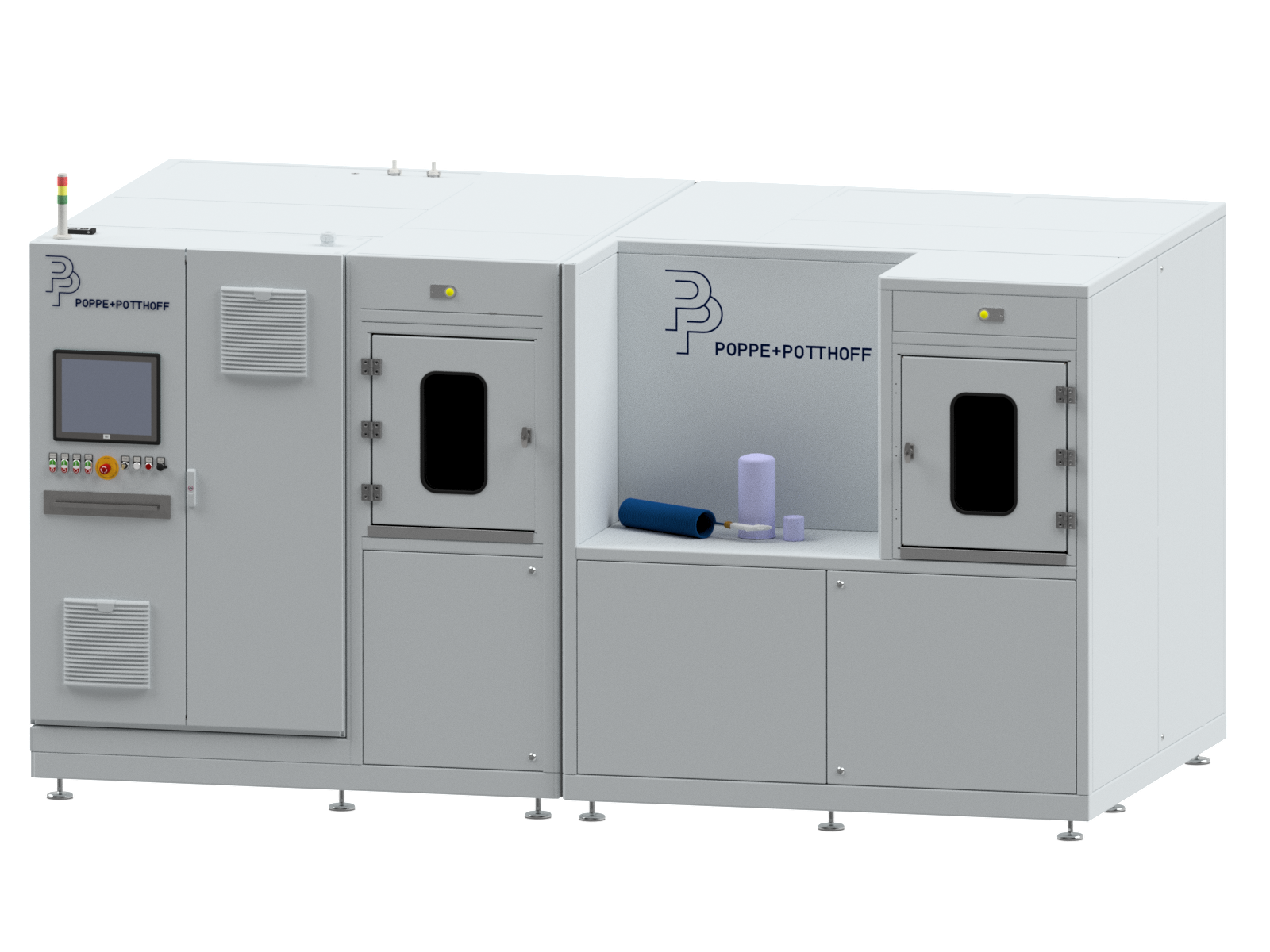

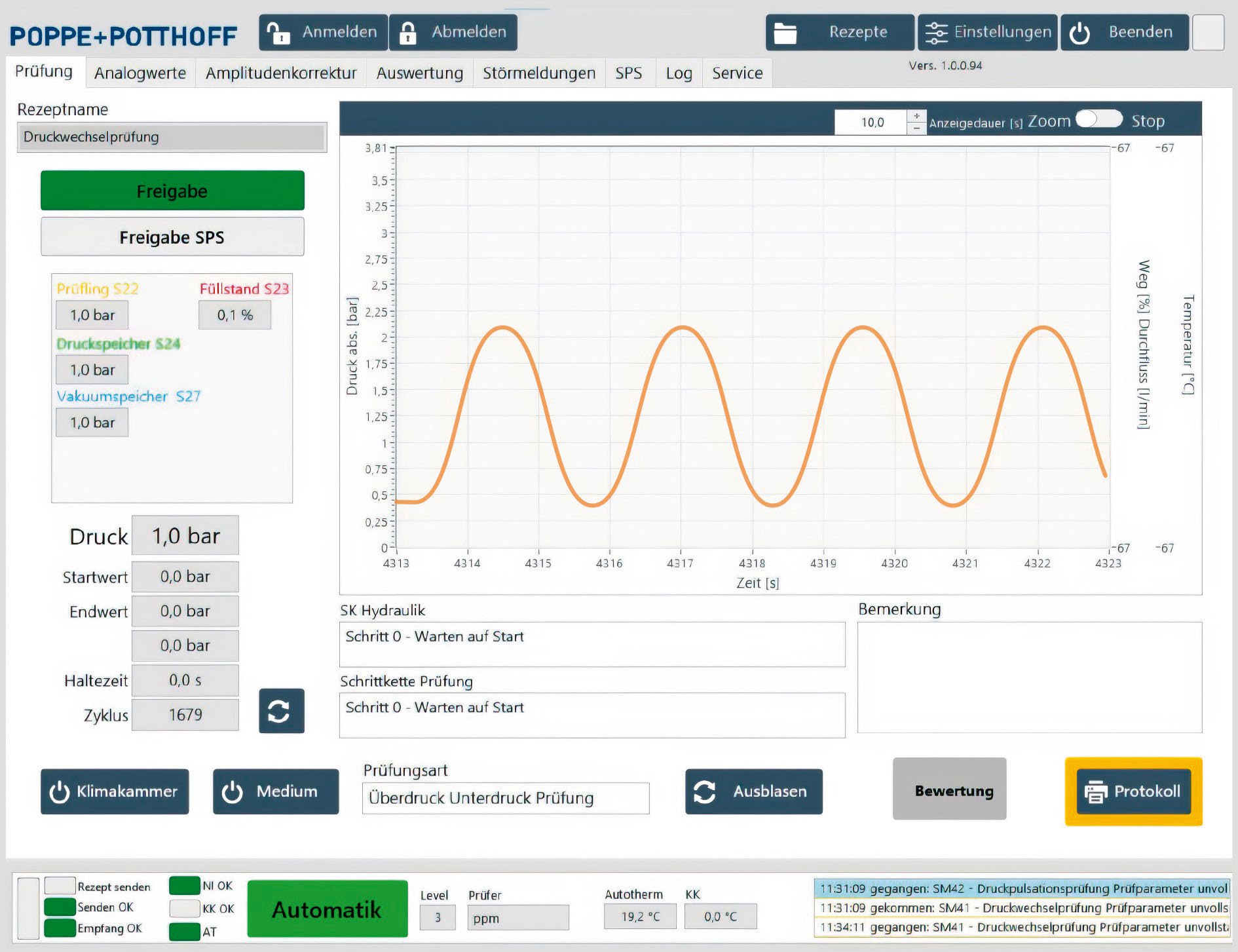
Test as a Service
We offer several pressure tests in various pressure ranges as a test service. Whether for research and development or serial production, please contact us with your testing requirements for a non-binding offer.
PRESSURE TEST BENCHES AND APPLICATIONS
PRECISE, REPEATABLE AND RELIABLE
As a specialist in pressure testing technology and state-of-the-art test rigs, Poppe + Potthoff Maschinenbau supports the development and production of particularly resilient components made of various materials – especially for automotive, shipbuilding and mechanical engineering as well as fluid and the medical industry. We offer individually designed test benches such as burst pressure test rigs, pressure cycle test benches, leak test systems, functional test rigs and autofrettage systems.
Contact Us
Our experienced technical sales team will help you with the implementation of your project and will find a solution tailored to your specifications and your requirements. We are represented internationally and can support you and your company worldwide. Our team has completed hundreds of projects many of which involved supporting test facilities with identical equipment. P+P Maschinenbau is your internationally trusted partner.
Know-how, excellent knowledge of the market, affinity with our products and close cooperation with you, our customers, are the guarantors of our success.



